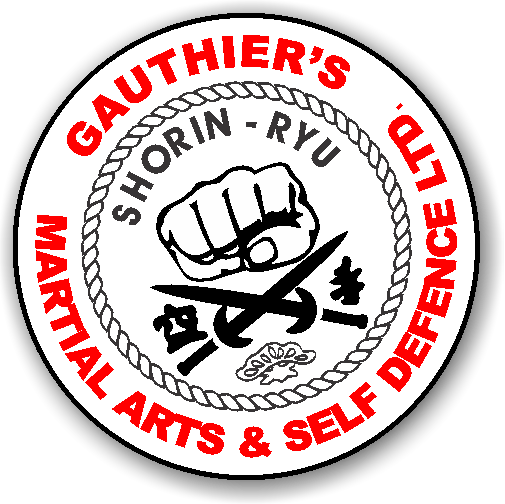
What is Karate-Do?
Karate-do is a unique art based on rigid disciplines, repetition and self motivation. Instructors combine the physical teachings of kata important lessons in philosophy, history and mental training, courtesy, respect and spiritual enlightment.
As students begin to follow the intricate maneuvers, develop internal discipline and co-ordinate the body and mind, they begin to develop their inner strength and confidence. When beginning karate the excercises may seem hard, but as time passes the body becomes stronger and development begins.

Karate-Do….An Ancient Past
Karate was originally developed on the island of Okinawa, the main island between China and Japan. This took place over several hundred years.
The Okinawan warriors often found themselves without weapons to defend themselves so they were often forced to defend themselves with empty hands. Karate was developed to meet this challenge.
The word “karate” is derived from two characters that mean empty and hand. Karate is known as the art of the “empty hand.”
Karate was once considered a “secret art” and was seldom discussed. In 1962, Master Ansei Ueshiro came to the United States to share his knowledge of the art. Due to the devotion of Master Ueshiro and his uncle, Arakaki Sensei, their prized student Master Shoshin Nagamine developed the system of Matsubuyashi Ryu, Shorin-Ryu karate.

Why Karate?
Karate-do is filling two vital needs previously unrecognized in today’s society: The need to express emotion and the need to live without fear. Through karate-do a person has an outlet for aggression and learns to control it appropriately. They also learn the skills to defend themselves with traditional martial arts as well as street self-defense.
Physicians are also aware of the value of karate and are recommending these classes to patients. It is not a secret that a healthy mind and body promote overall good health.
Karate is being taught in police academies, correctional facilities, schools, social service organizations, senior citizen facilities and casinos, as well as many other community venues.
